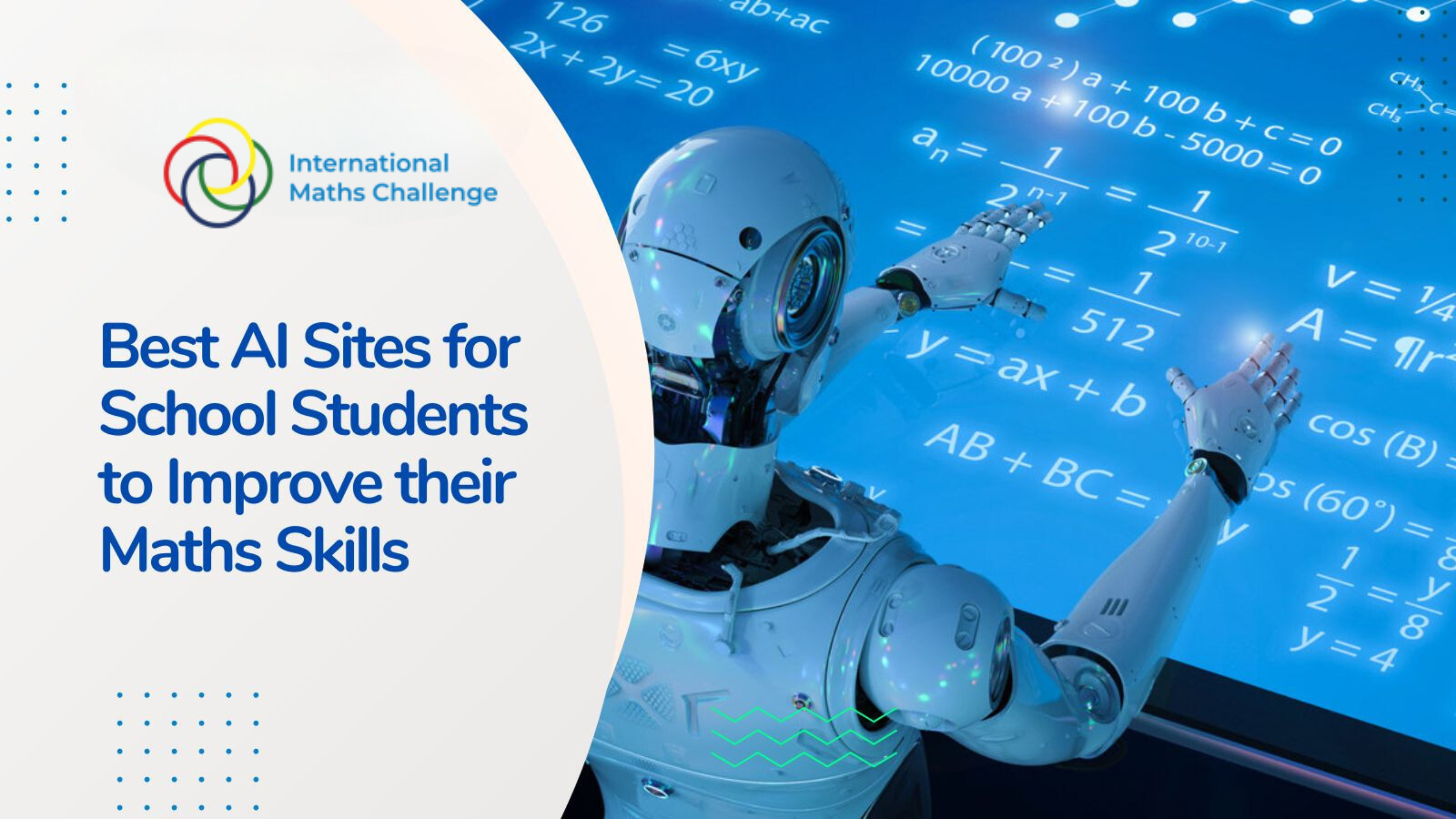Artificial Intelligence (AI) is becoming more and more prevalent in our daily lives, and there are many AI-powered websites that can help school students improve their math skills. Here are the best AI sites for school students to help them develop their maths skills
Khan Academy (https://www.khanacademy.org/)
Khan Academy is a non-profit educational website that offers a wide range of math courses and resources for students of all ages. Their math courses are designed to be interactive, engaging, and accessible, making it easy for students to learn at their own pace. Khan Academy uses AI-powered algorithms to provide personalized recommendations for each student, ensuring that they are working on the concepts that they need to improve.
DreamBox Learning (https://www.dreambox.com/)
DreamBox Learning is an AI-powered math education platform that uses adaptive learning to provide personalized math lessons to students. The platform uses AI algorithms to analyze a student’s performance and provide personalized feedback and recommendations, ensuring that they are working on the concepts they need to improve. DreamBox Learning is designed for students from kindergarten through 8th grade.
IXL Math (https://www.ixl.com/math/)
IXL Math is an AI-powered math education platform that offers a wide range of math courses and resources for students of all ages. The platform uses AI algorithms to analyze a student’s performance and provide personalized recommendations for each student. IXL Math is designed to be interactive, engaging, and accessible, making it easy for students to learn at their own pace.
Matific (https://www.matific.com/)
Matific is an AI-powered math education platform that uses gamification to make math learning fun and engaging for students. The platform uses AI algorithms to analyze a student’s performance and provide personalized feedback and recommendations, ensuring that they are working on the concepts they need to improve. Matific is designed for students from kindergarten through 6th grade.
Prodigy (https://www.prodigygame.com/)
Prodigy is an AI-powered math game that helps students learn math in a fun and engaging way. The game uses AI algorithms to analyze a student’s performance and provide personalized recommendations for each student. Prodigy is designed for students from 1st through 8th grade and covers a wide range of math concepts.
There are many AI-powered websites that can help school students improve their math skills. These platforms use AI algorithms to provide personalized recommendations, feedback, and resources, ensuring that each student is working on the concepts they need to improve. By using these websites, students can improve their math skills and develop a love for learning that will serve them well throughout their academic careers.


